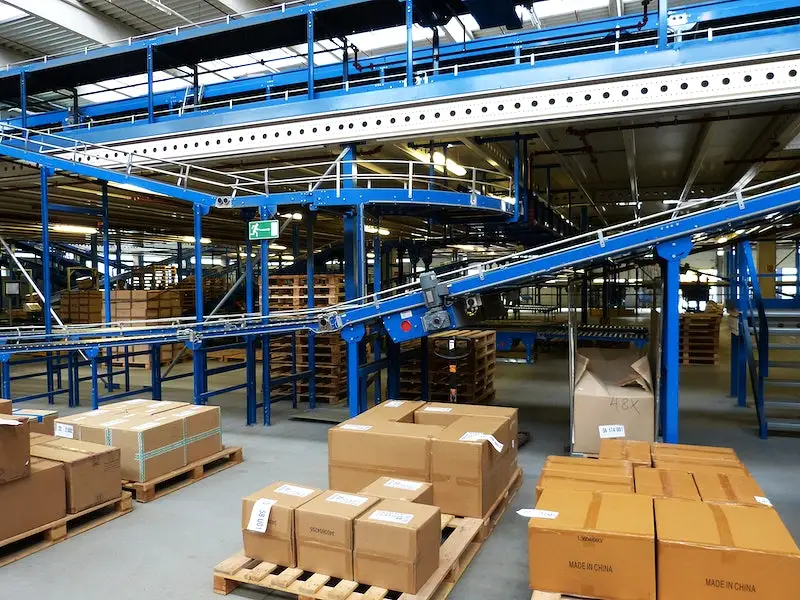Decreased output, unanticipated expenses, and delivery delays are just a few of the issues that can occur from a lack of inventory management. It must be lean, functional, and completely under control in order to be effective.
Discover six strategies for inventory optimization if your firm has been dealing with similar issues.
Read also: 5 Main Advantages of Hiring a 3PL Logistics Operator
6 Key Strategies for Inventory Optimization
1. Take stock periodically
It’s simple: understanding stock control begins with it. Therefore, periodically balancing product inputs and outflows is the initial method for an optimum inventory. The ability to evaluate market demand and identify consumption patterns makes this knowledge important. Thus, it is not only crucial for managing the warehouse but also for directing the manufacture or replacement of commodities.
Various approaches can be taken to prepare the balance sheet, depending on the size of the business. Control can be handled manually, with spreadsheets, or with software designed specifically for this use.
2. Organize entry and exit according to demand
Aligning stock item entry and exit with demand is a widely adopted practice. Learn about a few of these classification techniques:
- First In, First Out, or PEPS: manages inventory in a chronological manner, giving the longest-lasting products priority to be removed from stock.
- UEPS (Last In First Out): based on the cost of the most recent batch that was stored. Not recommended for perishable items.
- Average cost: manages stock based on the average value of the items kept in storage.
Choose the method that will work best for your company and implement it right away!
3. Use the ABC classification
This product organization strategy reduces time spent in the warehouse. The ABC categorization is simple to use and operates as follows:
A-rated zones should be located nearer the exit in the inventory arrangement, where accessibility is easier. Store the products that have the biggest turnover here. Class B goods with an intermediate turnover rate must be located in the center of the warehouse. The categorization C zone is required for those that move more slowly. Physical operations are substantially facilitated by this strategy.
4. Embrace automated forecasting
The wisest use of the data collected from periodic inventory is inventory automation. This data can be used to program a system to determine demand for goods based on economic conditions, market patterns, seasonality, and other factors. The system notifies you of the minimum and maximum quantities of products for each time by analyzing the history of product entry and exit. An additional benefit is that the inventory system and the business can be integrated, merging data for improved management overall.
5. Have a budget for inventory
Anticipating an inventory budget guarantees cash flow for purchases and other activities, including stock upkeep, and protects against unanticipated circumstances. Examine storage, movement, and fixed operating costs, transportation costs, other expenses, and the overall cost of acquisitions to maintain a decent level of products throughout the year in order to figure out the ideal value.
6. Smart packaging
A significant position in inventory management tactics is held by the packaging you use to store your products. They should not be disregarded when thinking about ways to improve product storage because they are very helpful in streamlining logistics procedures. Intelligent packaging design made from EPS is extremely durable and can take up to twice as much stacking as cardboard while using less raw material. In this manner, the stock can be verticalized to maximize the amount of space that is accessible.
With all of these suggestions, you will be able to plan your business’s inventory management, allowing it to expand without facing any logistical challenges!
Please get in touch with 3PL Links if you need any help with supply chain management or logistics.



